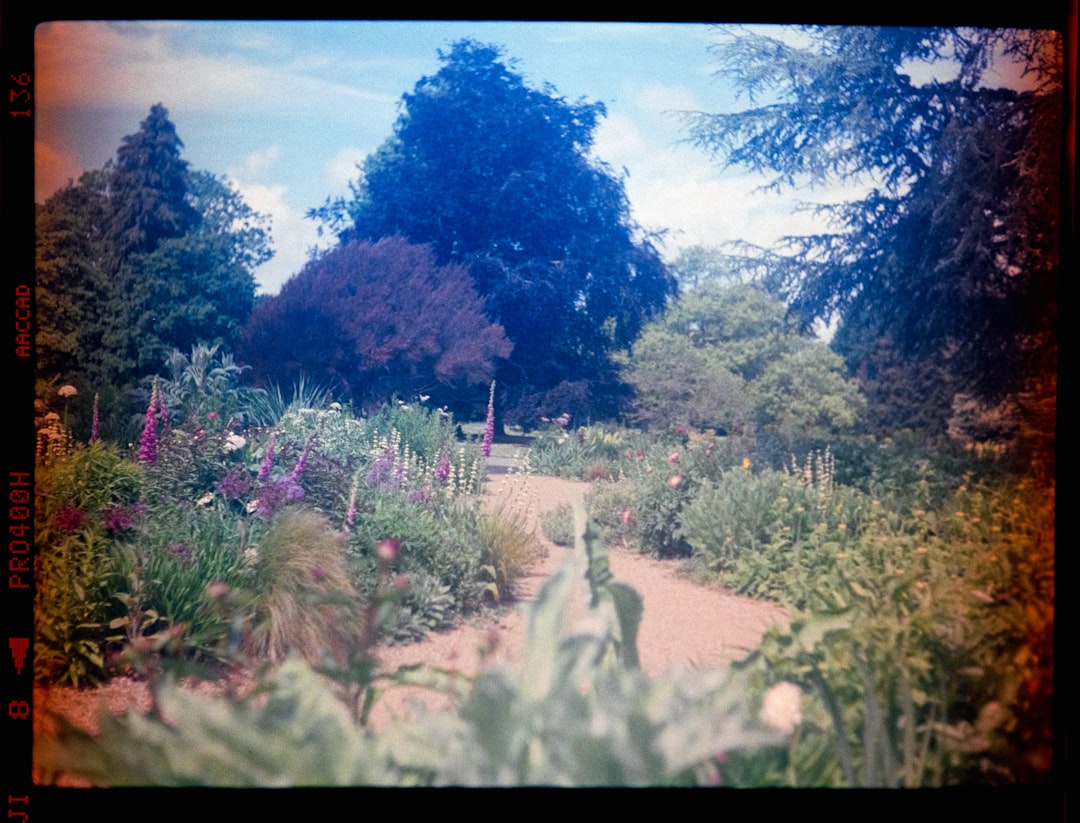Unleash the Beauty of Hydrangeas: Propagation Methods for Your Garden

Hydrangeas are a beloved addition to any garden, with their large, showy blooms and lush foliage. Propagating hydrangeas can be a rewarding way to expand your garden or share these beautiful plants with friends and family. In this article, we'll explore three common methods of hydrangea propagation: cutting, layering, and division, and help you determine which method is best suited for your garden.
Propagation by Cutting
Propagation by cutting is a popular and relatively easy way to grow new hydrangea plants. Here's how you can do it:
- Choose the Right Time: The best time to take hydrangea cuttings is in the early morning when the plant is well - hydrated. Late spring to early summer is generally a good time, as the new growth is still tender.
- Select the Cuttings: Look for healthy, non - flowering stems that are about 4 - 6 inches long. Make sure the stem has at least two sets of leaves. Use a sharp, clean pair of pruning shears to make a clean cut just below a leaf node.
- Prepare the Cuttings: Remove the lower set of leaves from the cutting, leaving only the top set. You can also dip the cut end of the stem in rooting hormone powder to encourage root growth. However, this step is optional.
- Plant the Cuttings: Fill a small pot with a well - draining potting mix. Make a hole in the soil with a pencil or your finger and insert the cutting into the hole. Gently press the soil around the cutting to hold it in place.
- Provide the Right Conditions: Place the pot in a warm, bright location, but out of direct sunlight. Keep the soil moist but not waterlogged. You can cover the pot with a plastic bag to create a humid environment, which will help the cutting root. Check the cutting regularly for signs of root growth, which usually takes about 4 - 6 weeks.
Propagation by Layering
Layering is another effective method of hydrangea propagation. It involves bending a low - lying branch of the parent plant to the ground and encouraging it to form roots while still attached to the parent. Here's how:
- Select a Suitable Branch: Look for a flexible, low - growing branch that can be easily bent to the ground. The branch should be healthy and free of any diseases or pests.
- Prepare the Soil: Dig a small trench in the soil near the parent plant. The trench should be about 2 - 3 inches deep.
- Wound the Branch: On the underside of the branch where it will be in contact with the soil, make a small cut or scrape the bark gently. This will encourage the branch to form roots.
- Pin the Branch to the Ground: Bend the branch down into the trench and secure it in place with a U - shaped wire or a rock. Make sure the wounded part of the branch is in contact with the soil.
- Cover the Branch: Fill the trench with soil, covering the wounded part of the branch completely. Water the area well.
- Wait for Root Formation: It may take several months for the branch to form roots. Keep the soil moist during this time. Once the branch has developed a good root system, you can cut it away from the parent plant and transplant it to its new location.
Propagation by Division
Division is a method of propagation that is best suited for mature hydrangea plants. It involves separating the parent plant into smaller sections, each with its own roots and shoots. Here's how:
- Choose the Right Time: The best time to divide hydrangeas is in the early spring or fall when the plant is dormant.
- Dig Up the Plant: Carefully dig up the entire hydrangea plant, being careful not to damage the roots. Use a sharp spade or garden fork to loosen the soil around the plant.
- Separate the Plant: Once the plant is out of the ground, use a sharp knife or pruning shears to divide the plant into smaller sections. Each section should have at least one healthy stem and a good root system.
- Replant the Divisions: Dig holes in the desired location for each division. Make sure the holes are large enough to accommodate the roots. Place the divisions in the holes and fill them with soil, gently pressing the soil around the roots. Water the newly planted divisions well.
Which Method is Right for You?
The choice of propagation method depends on several factors, such as the age and size of your hydrangea plant, the time of year, and your personal preferences. If you have a young plant and want to quickly grow multiple new plants, cutting may be the best option. Layering is a good choice if you want to propagate a plant without disturbing the parent too much, and it's also suitable for plants with low - lying branches. Division is ideal for mature plants that have become overcrowded and need to be rejuvenated.
By mastering these propagation methods, you can enjoy an abundance of hydrangeas in your garden for years to come. Whether you're a seasoned gardener or a beginner, propagating hydrangeas is a fun and rewarding way to add more beauty to your outdoor space.